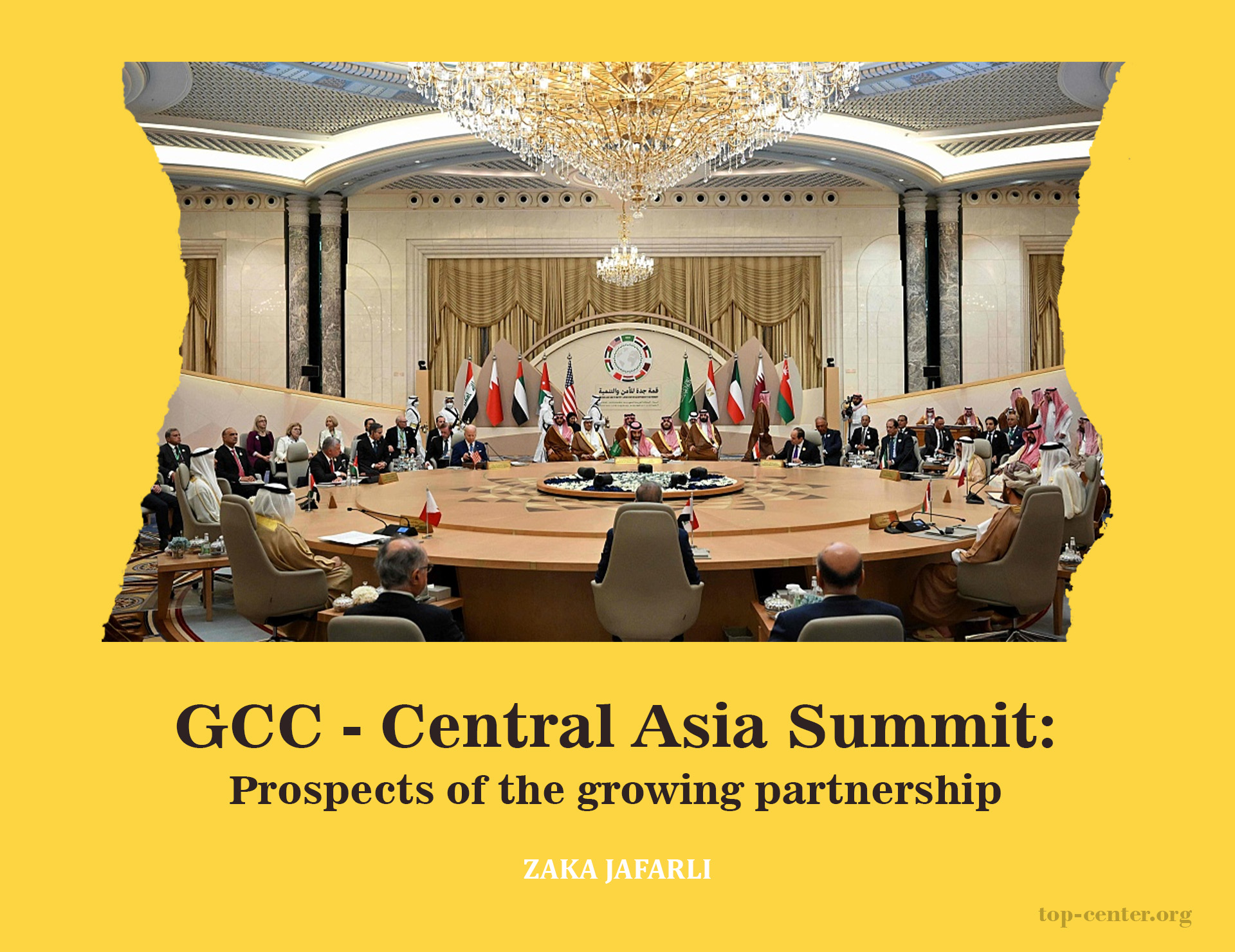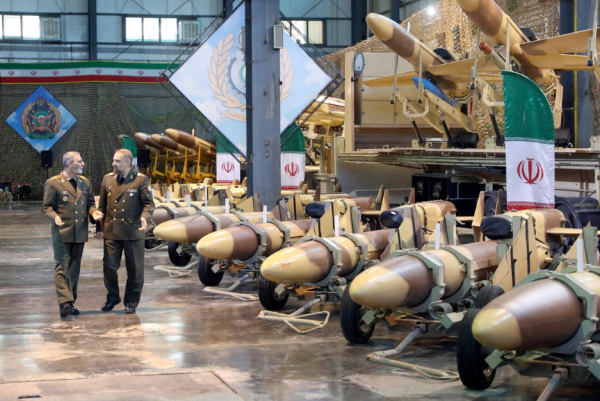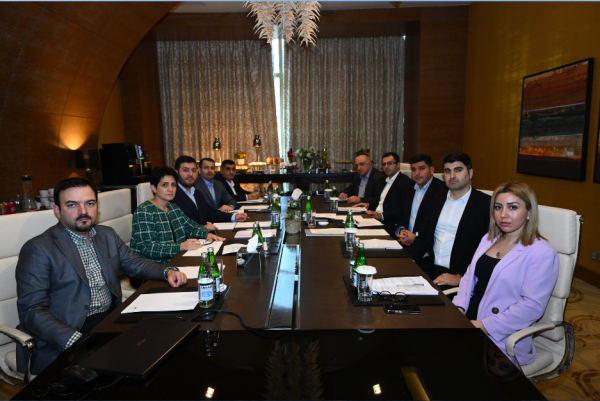GCC - Central Asia Summit: Prospects of the growing partnership

In mid-July, the city of Jeddah in Saudi Arabia hosted the first summit between the heads of state of the Gulf Cooperation Council and the Central Asian republics. While the summit was the first of its kind, it was long in the making as Gulf kingdoms and the Central Asian states developed their cooperation and bilateral relations in the last several years, and the General Secretariat of the GCC hosted the inaugural joint ministerial meeting of the strategic dialogue between two sides in September 2022. The summit happened at a time when the relative importance of Central Asia has been on the rise as China increases its influence in the region with massive infrastructure projects and the effects of the Russian invasion of Ukraine spill into the region. In the last several months, the summits between the Central Asian republics and China in Xian, and the European Union in Cholpon-Ata demonstrated the significant interest different powers have in the region. In this context, the growing partnership between the GCC and the C5 becomes mutually beneficial for both sides, as Gulf kingdoms gain access into new and critical markets, and the Central Asian states decrease their dependence on major foreign players. Therefore, the signing of the joint action plan for strategic dialogue and cooperation for 2023-2027, and the decision to hold the next summit in Samarkand in 2025 further demonstrates the importance ascribed by both sides to the development of the multilateral partnership.
The ongoing war in Ukraine and the changes it has brought to the perceptions of the Central Asian republics vis-à-vis Russia pushes those states to rethink their foreign policy regarding their security and stability. They are looking to international investors for infrastructure projects and to diversify their economies and trade relationships and establish inter and intra-regional connectivity. Up until now, GCC-C5 relations have mostly been bilateral, and only in the last few years Gulf kingdoms started to meaningfully engage with the C5, primarily via investments in energy and trade sectors. Among the GCC states, Saudi Arabia has made several investments in Kazakhstan, and signed contracts worth $14 billion with Uzbekistan in 2022. Meanwhile, the United Arab Emirates, so far the most active of the GCC states in Central Asia, made investments into infrastructure in Kazakhstan, energy sector in Turkmenistan, and signed $10 billion agreements with Uzbekistan on power generation and distribution. Moreover, Qatar and Uzbekistan reached an agreement on large investment projects worth $12 billion, while Oman’s state oil company currently owns %20 of the Zhemchuzhina and Dunga oil fields in Kazakhstan. However, when compared to Russia, China, and the EU, the GCC has a meager trade and investment portfolio in Central Asia. The volume of trade between the GCC and C5 amounted to $3.1 billion in 2021, which is about %0.27 of the combined trade volume of the Gulf kingdoms. As an example, China’s trade with Central Asia stood at $70 billion in 2022. While it is obvious that the GCC is not going to reach the levels of China (or Russia and the EU) in terms of trade and investments, increasing trade and investments between the two regions would help the C5 to achieve their goal of having a healthy diversification of economic partners. The summit was significant in that regard, as the sides agreed to establish efficient transportation and communication links to facilitate commerce and trade for food and energy security and flexible supply chains. The recent re-establishment of diplomatic ties between Saudi Arabia and Iran can also lead to significant realignment in the region and can boost the development of trade routes.
While both regions mostly rely on vast mineral and fossil fuel reserves in their trade, Central Asian countries, and especially Kazakhstan, also have the potential to play an important role in the food security of the GCC states. Gulf kingdoms import %70 to %90 of their total food stocks, while Saudi Arabia imports %88 of its grain. These countries received most of their grain from Ukraine, but with the start of the war and the recent termination of the Black Sea Grain Initiative, Gulf states look to diversify their grain imports. Kazakh leader Tokayev’s visit to Saudi Arabia last year, which resulted in multi-million-dollar investments in exchange for long-term supplies of agricultural products; repeated mentions of cooperation on food security in the joint statement; and the recent talks between Kazakhstan and the UAE on creating a shipping route for grain exports via Iran show that food security is high on the agenda of the GCC-C5 relations.
In general, the summit can be considered as a milestone and an important start for the multilateral partnership for two blocs. It is obvious that the near future will bring further cooperation and deepening of the relationship, and both sides are eager to capitalize on the opportunity to expand the ties. However, Central Asian states, unlike the GCC, do not operate as a single bloc and sometimes even compete with each other to get the better part of the deals signed. It is, therefore, probable that we’ll see a formalization of the Central Asian state’s collective engagement mechanisms in order to be more effective in their engagement with the GCC states. The already-existing consultative format of the Central Asian states can be the basis of that process, and in the long term serve as a catalyst for the advancement of the GCC-C5 partnership.







